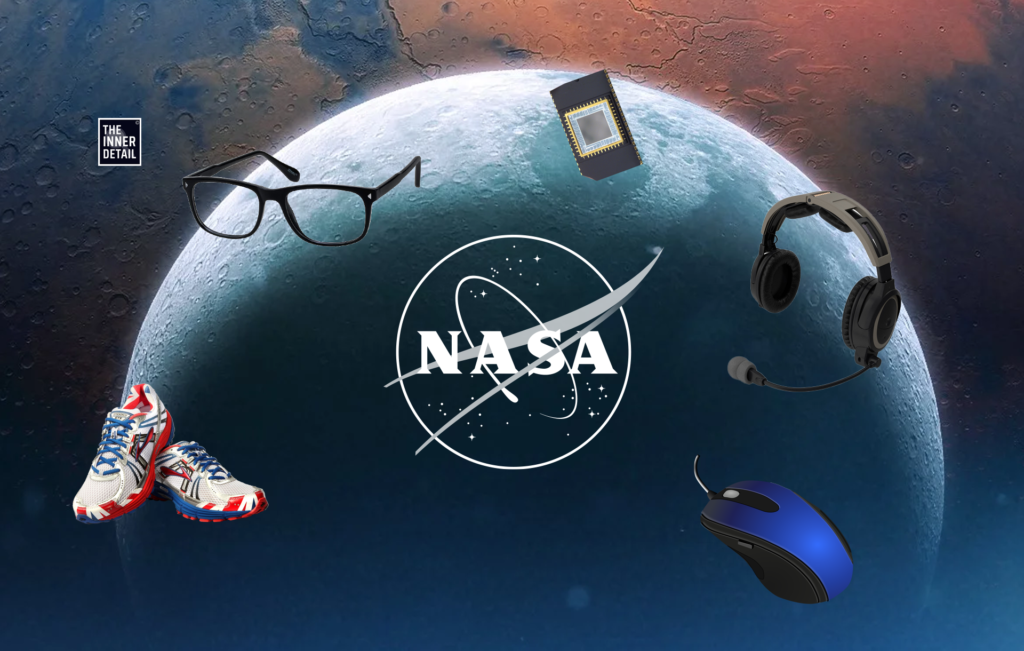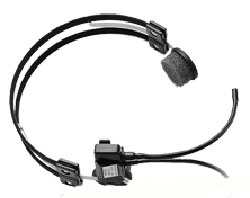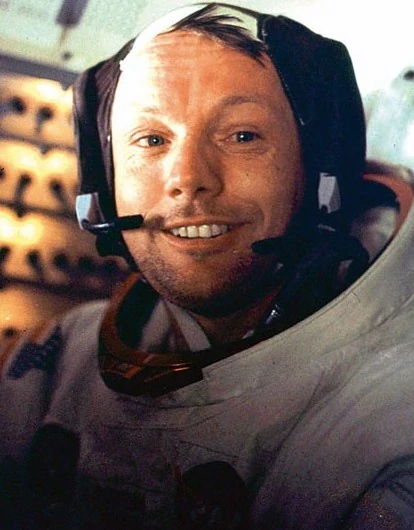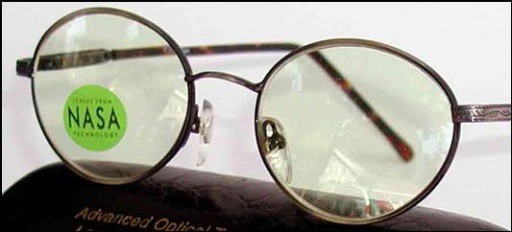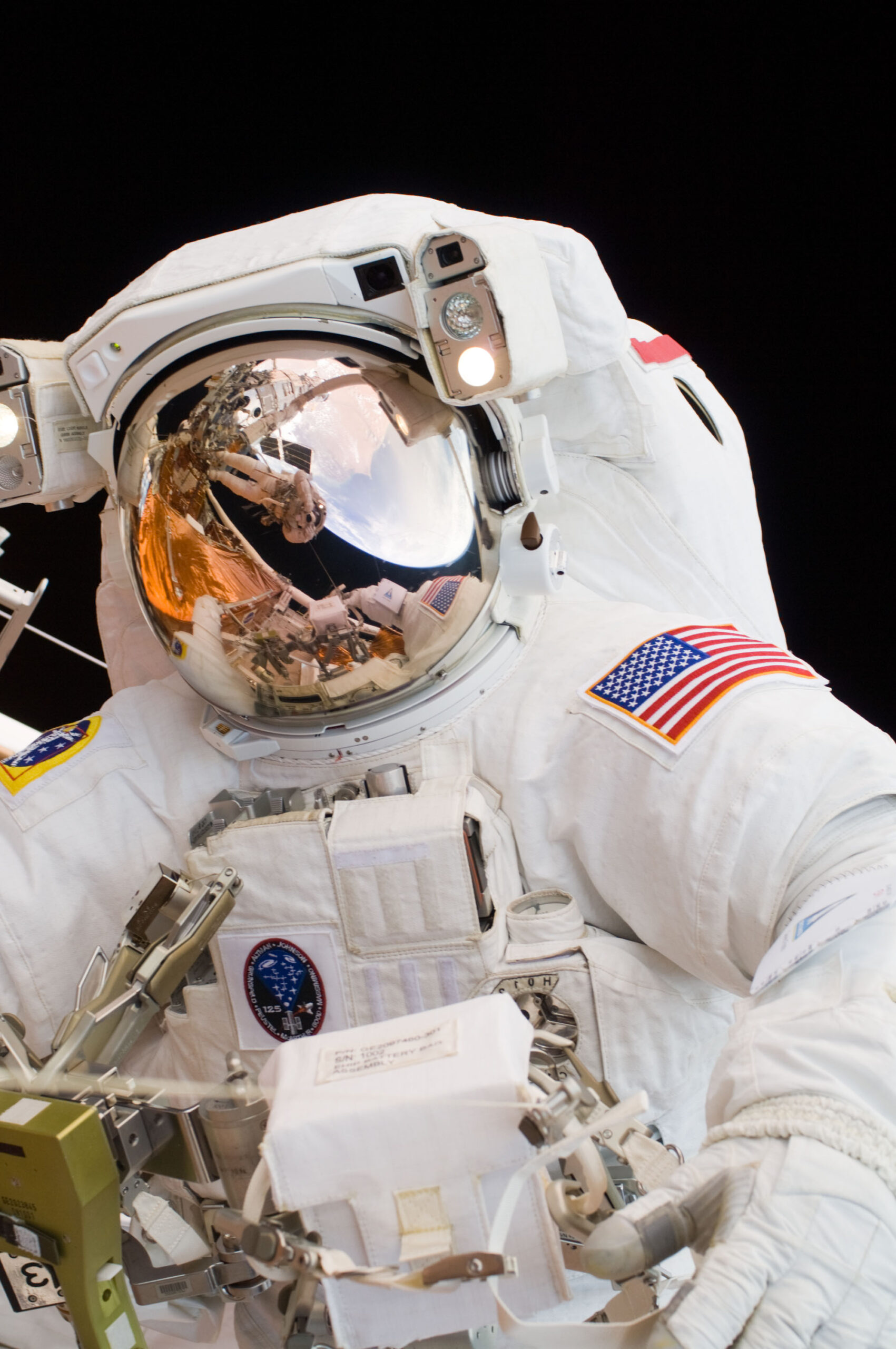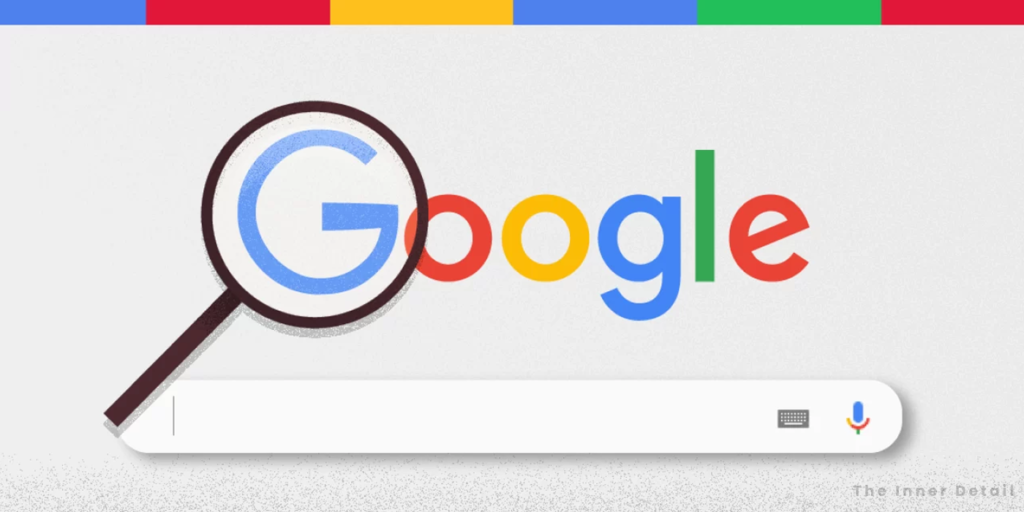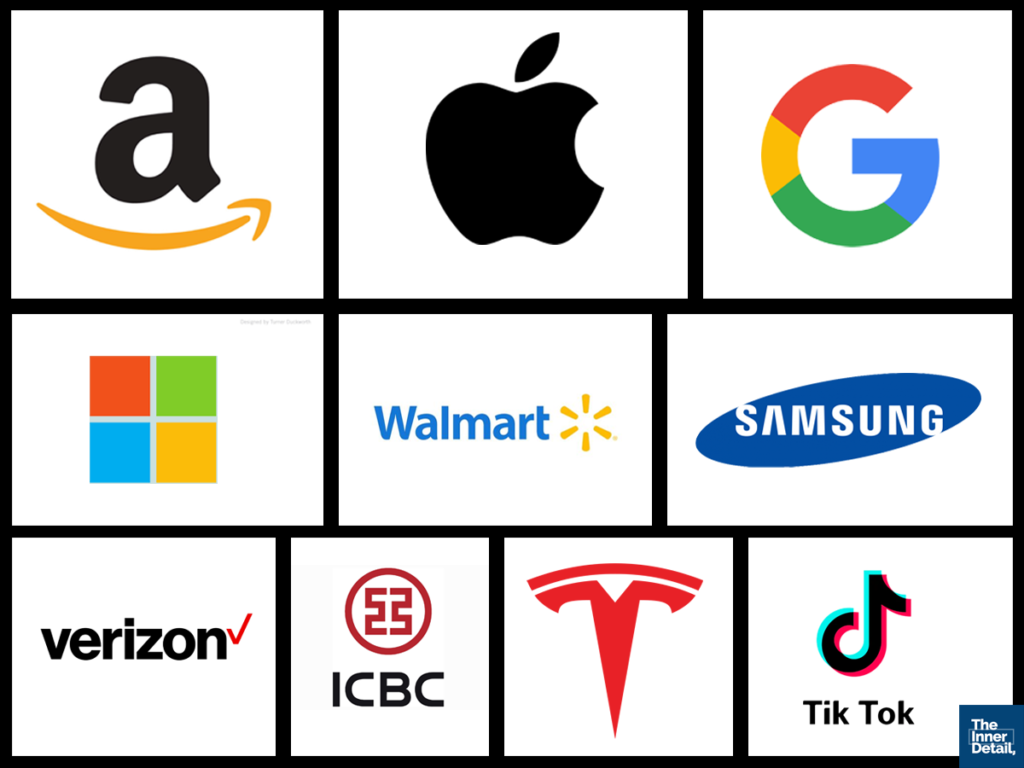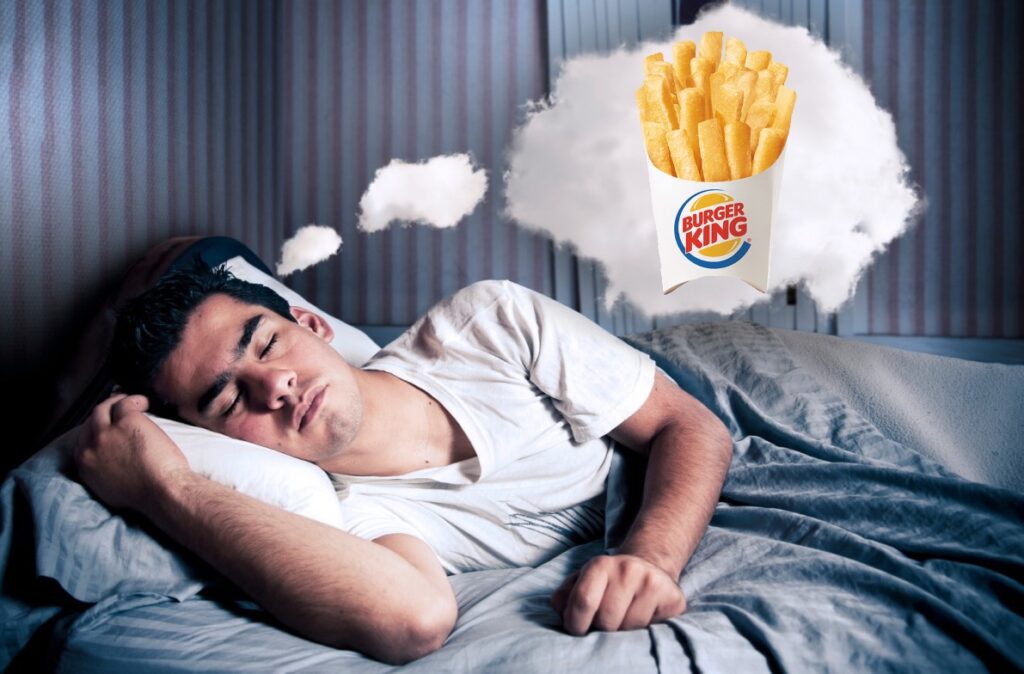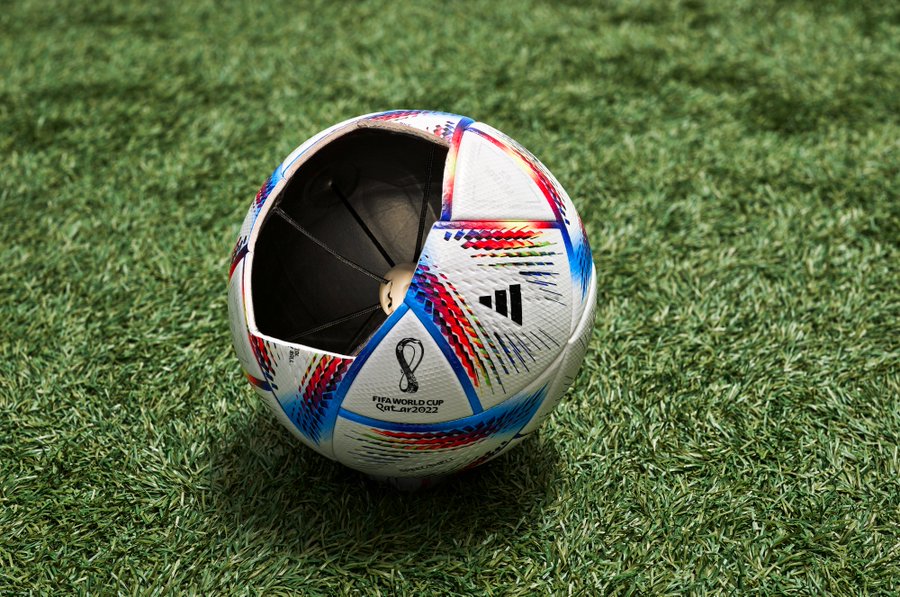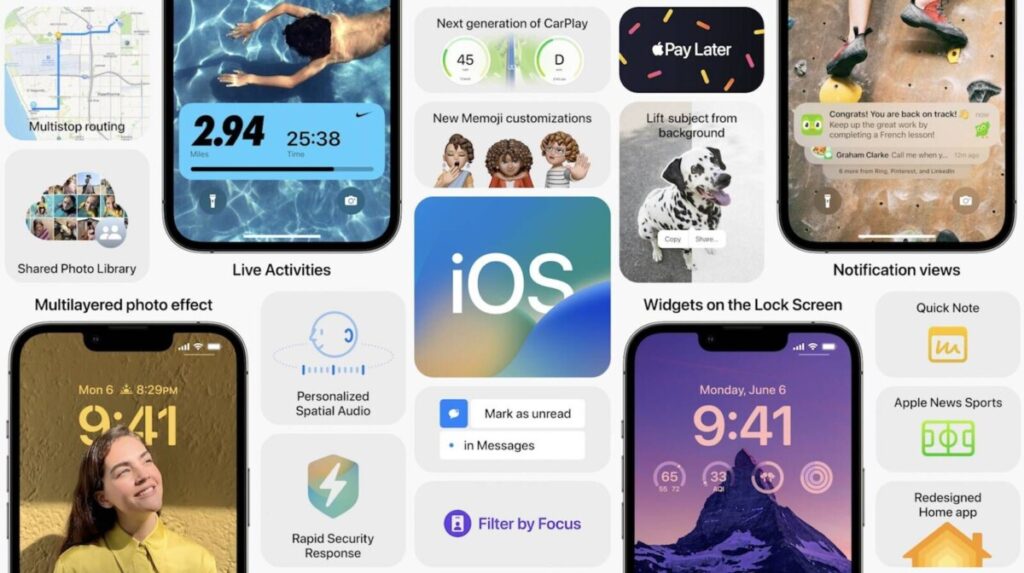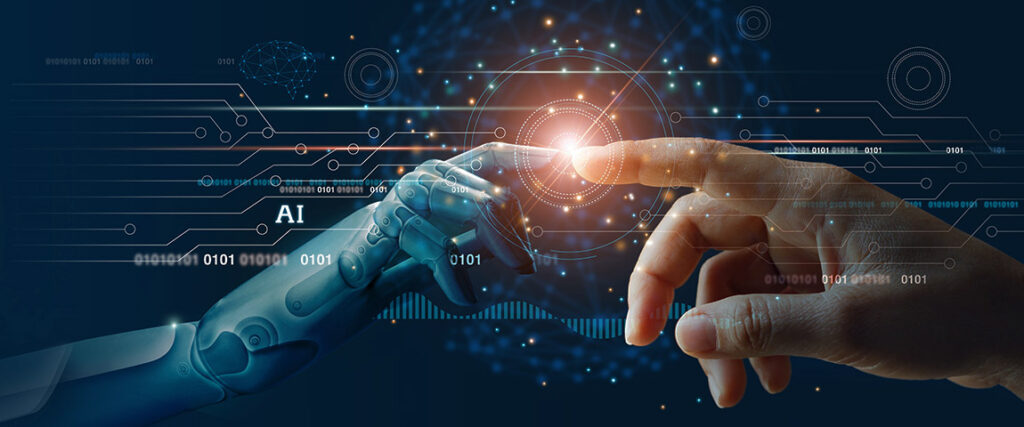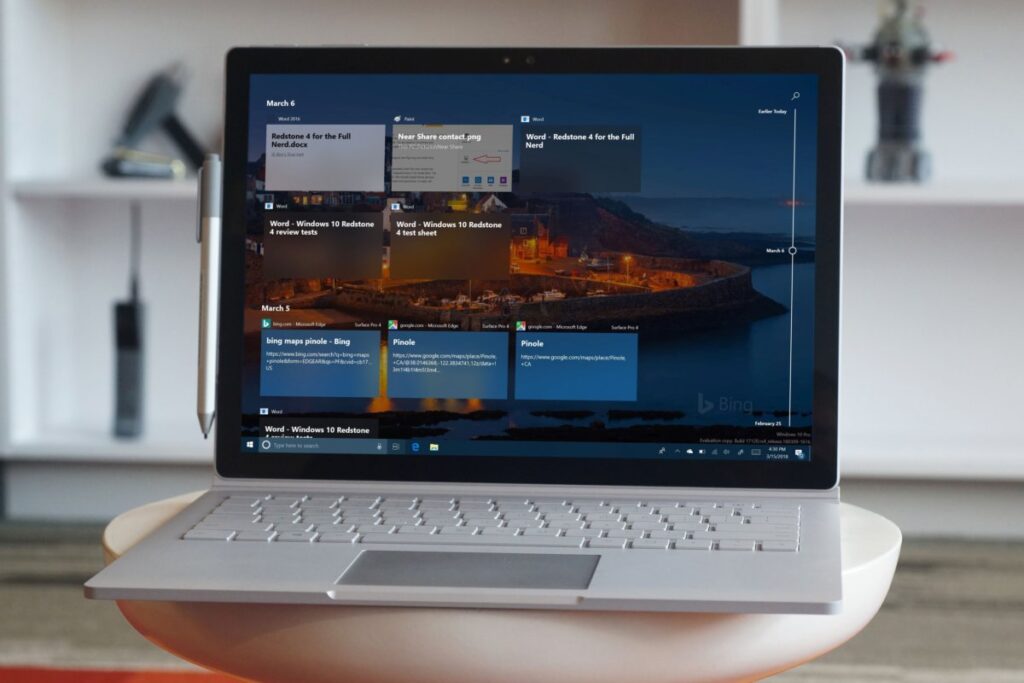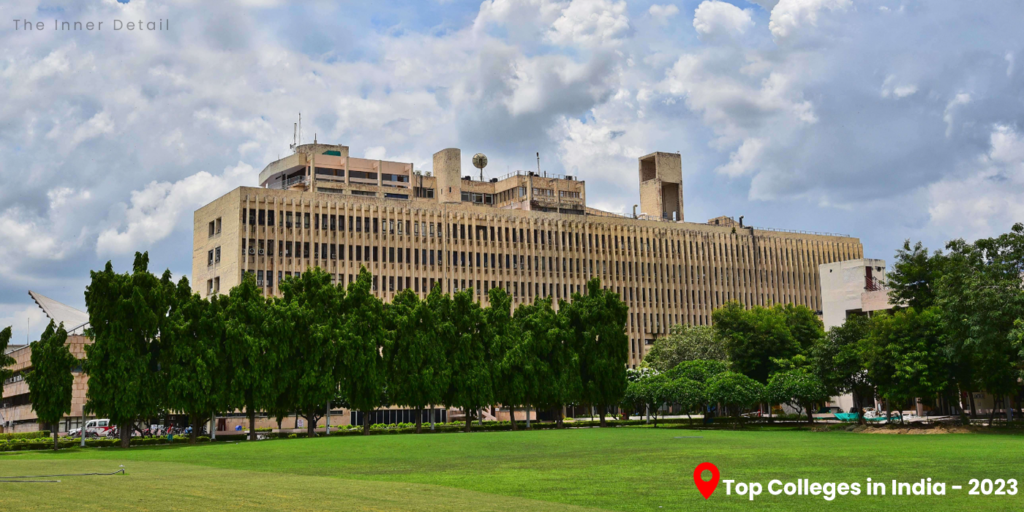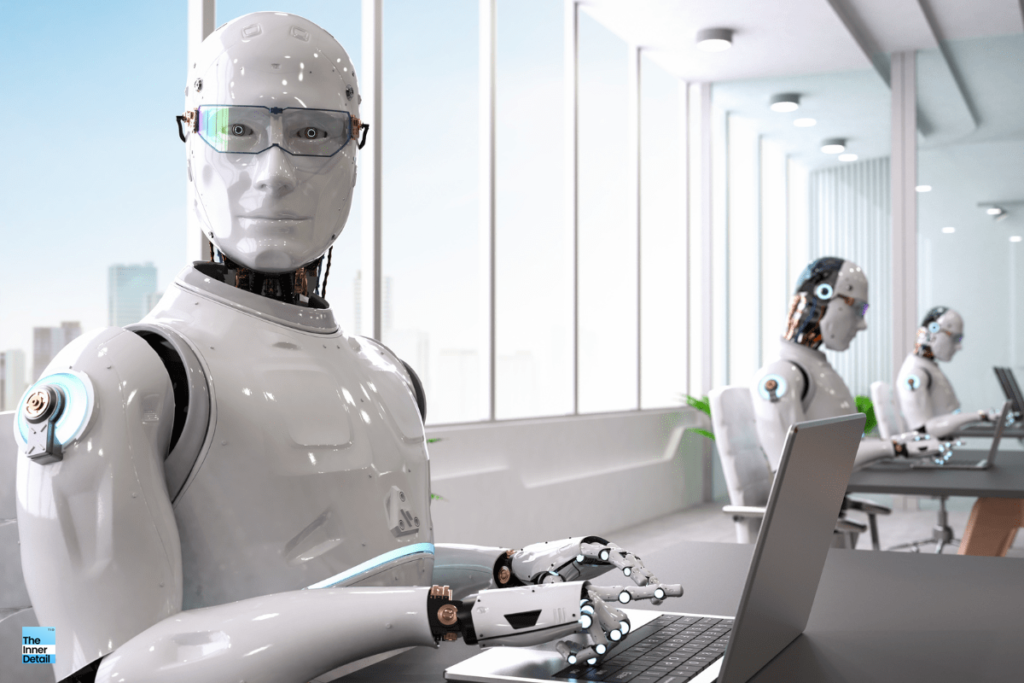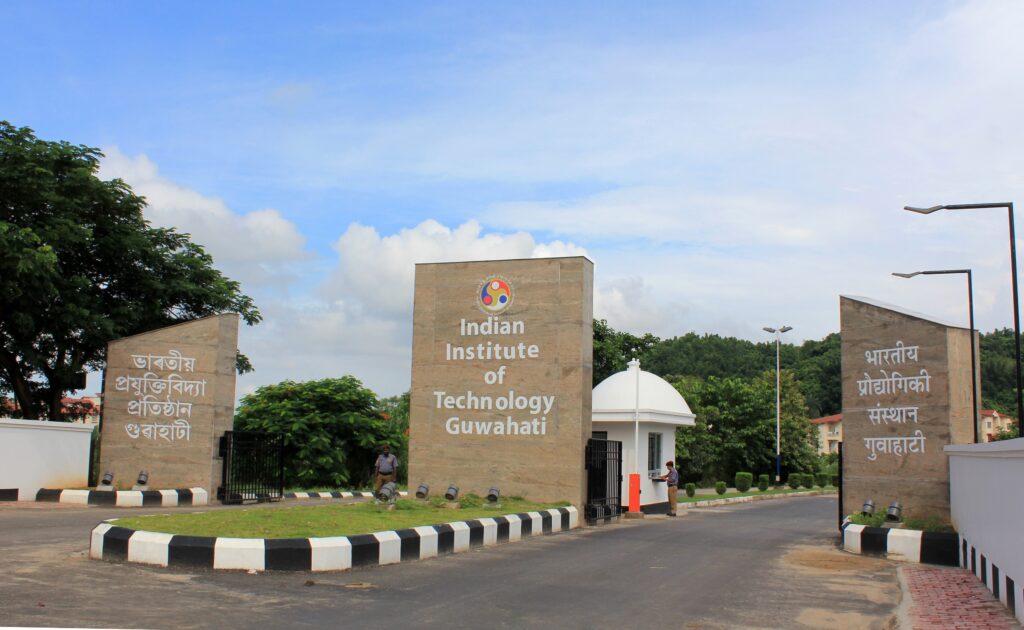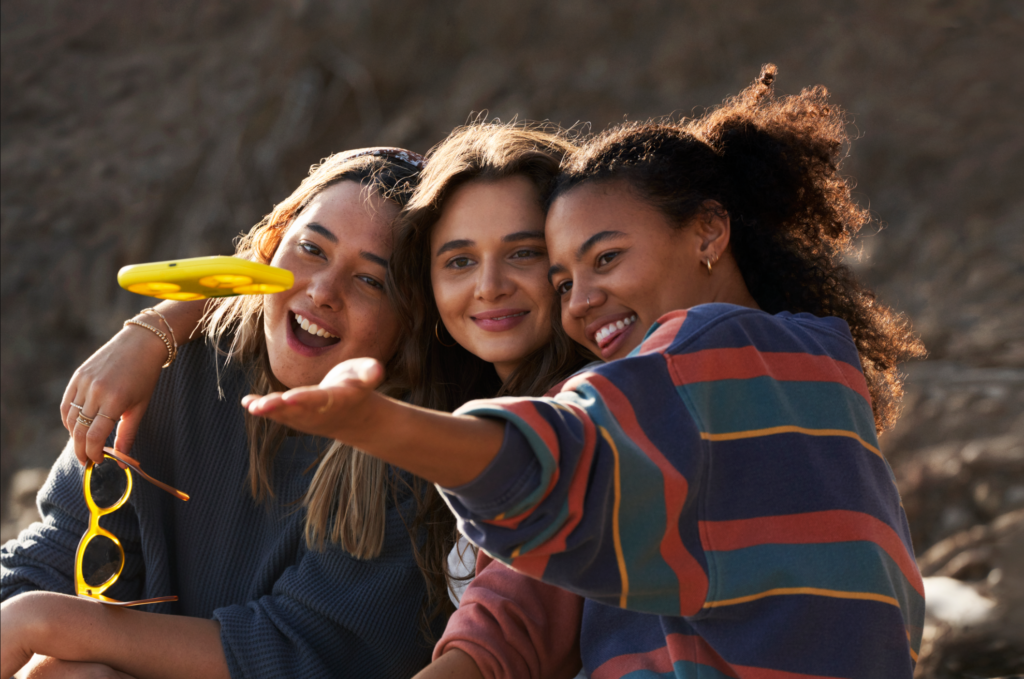Till the time we explore or hit these kinds of topics, we would never come to know the origin of products / gadgets that we use in our daily lives. NASA and its team of researchers, to the surprise, are responsible for many of our everyday usable products that correlated to be the vital ones in space-travel.
I personally was into an awe-y mood, while writing this article as few things dropped my jaw.
Here are ‘10 Inventions that NASA gave to the world’.
Have you Checked this? 7 Technological Innovations that India Gave to the World!
Memory Foam

NASA in 1960s was in need of a customizable seat, that could absorb the impacts of gravity during takeoff and landing, and meanwhile wanting the seat to be moldable in line with astronaut’s body. Then in 1966, this happened, when Charles Yost, an aeronautical engineer of NASA designed a special seat – slow springback foam, that deforms into convenient shape when applied pressure and gets back to original shape when the force gets nulled. Besides, the seat cushions the astronauts for hours of long flights. This seams like you’ve heard it before, right? Yeah. The concept appears in engineering-physics.
‘Temper foam’, on how it got commercialized in 1970s, masters in absorbing the energy of crashes via plastic deformation and increase passengers’ chances of survival. The material made of polyurethane with some other additives has the ability to deform and absorb tremendous pressure, then return to its original shape, so called ‘Memory foam’.
And memory foams have been then used as football helmet liners, comfort mattresses, amusement park ride pillows and horseback saddles.
Cochlear Implants
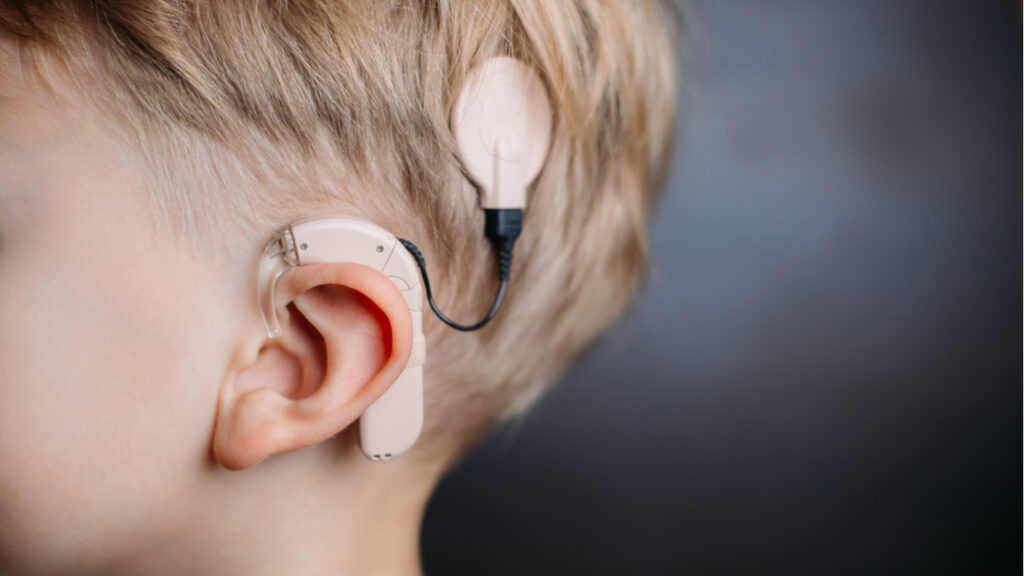
You might’ve seen hearing-aids wore by many behind their ears, that suffices audio to the brains, helping millions to ear. Well, that was invented by a hearing-impaired NASA engineer who worked on space shuttle program at NASA’s Kennedy Space Center. In late 1970s, after experiencing the shortcomings of conventional analog hearing aids for years, Adam Kissiah Jr., came up with an idea of new type of hearing aid – an implant that produces digital pulses to stimulate auditory nerve endings, which then would transmit signals to the brain. Kissiah altogether applied his apprehensions of NASA’s advances in electronic sensing systems, telemetry and sound and vibration sensors.
Kissiah then went on to BioStim, a private company to develop the new device, upon which other manufacturers started making out the device on their own. Since then, according to the U.S. Food and Drug Administration, 219,000 patients have received cochlear implants in U.S. The devices enable people who’ve been deaf since birth to hear for the first time. They’ve also restored hearing for those who still have a responsive auditory nerve but who’ve lost hearing due to trauma or disease. That has been serving over 15 million people to hear good every year, according to reports.
Insulin Pump
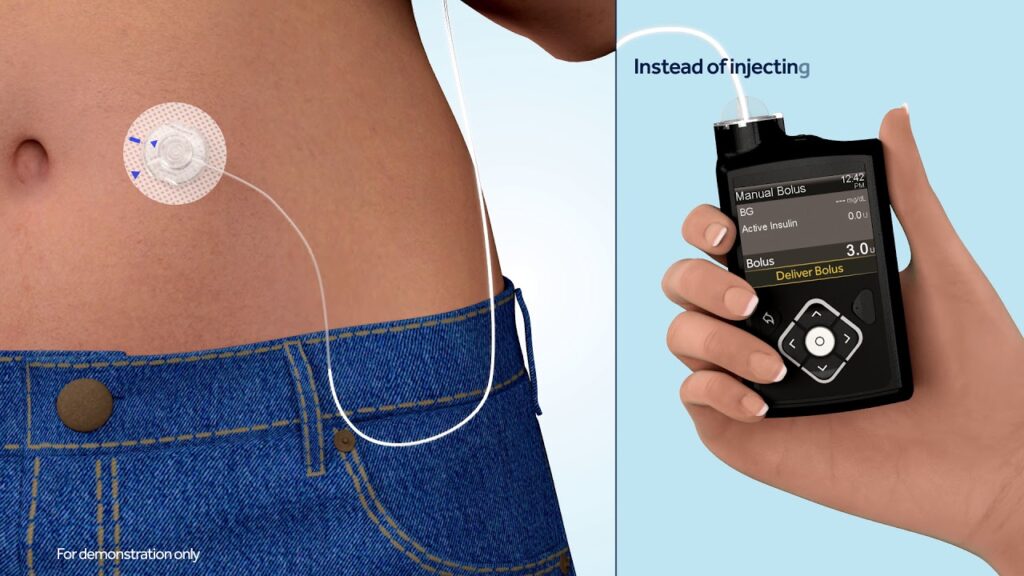
Here comes an invention that NASA and diabetics use in common.
According to a study, astronauts travelling farther into space of microgravity or no gravity impacts their health, causing diabetogenic changes, or simply alterations in insulin secretion and sensitivity. Viewing this obstacle, NASA pioneered a device technically called a Programmable Implantable Medication System (PIMS). Invented by Robert E.Fischell of the Johns Hopkins University Applied Physics Laboratory.
The device monitors individuals’ insulin levels and send signals to release insulin into the body when needed. When implanted into a human patient, can deliver precise, preprogrammed amounts of insulin over an extended period of time. The invention is, in effect, computerized replacement for the human pancreas.
Wireless Headphones
One of the frequently usable tech gadgets owned by millions, came into existence only because of NASA’s space-travel. Astronauts prior to this makeup, were often wearied with wired headphones, as it wouldn’t allow them to move freely. Then in 1960s, during the Apollo program, world’s first wireless headphones were made and commercialized in 1970s.
So, next time when you’re wearing the wireless headphones, remember that you’re wearing a piece of history.
Enriched Baby Formula
In the 1980s, NASA funded research to develop a life-support system that would not take up space, consume too much power, or require extensive maintenance during long-duration space travel. Researchers discovered that strains of microalgae could be used as an oxygen source, waste disposal catalyst, and as a nutrient supply. The project’s scientists formed Martek Biosciences Corporation in 1985 to develop their main nutritional supplement products: life’s Docosahexaenoic Acid – DHA and life’s Arachidonic Acid – ARA. These products are added to over 90 percent of infant formulas sold in the U.S., as well as to formulas sold in 65 other countries. This particular nutritional enrichment ingredient could previously only be found in human breast milk and offers substantial benefits to infants for the development of their brain, eyes, and heart health.
Computer Mouse
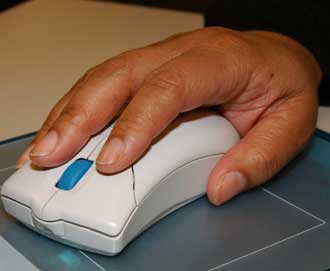
Not till this moment, I’ve ever known that NASA was the one behind knocking off the revolutionary computer mouse.
Back in 1960s, when Bob Taylor, who provided NASA funding for research that led to the device, was working on flight control systems, flight displays and simulation technology for NASA, found computers were still thought of as arithmetic machines. In ideas of making the computer more interactive, Taylor and Doug Englebart, designed ‘one small and relatively simple component’ of a broader goal – mouse that would let computers, interactive and intuitive to handle.
Scratch-Resistant EyeGlass Lenses
At the time when FDA passed a regulation commanding to make sunglasses and prescription lenses shatter-resistant, manufacturers turned of using plastic lenses instead of ground and polished glass. Although, NASA found it difficult as the astronauts’ helmets were prone to scratching. NASA then developed a series of scratch-resistant surfaces for use on astronaut helmets and other plastic aerospace equipment.
Foster-Grant, an American Eyewear Brand upon receiving a license from NASA to further develop and produce scratch-resistant plastics. They combined their own research with NASA’s and brought the technology to the market, which is what many individuals view the world through.
Charge-Coupled Device
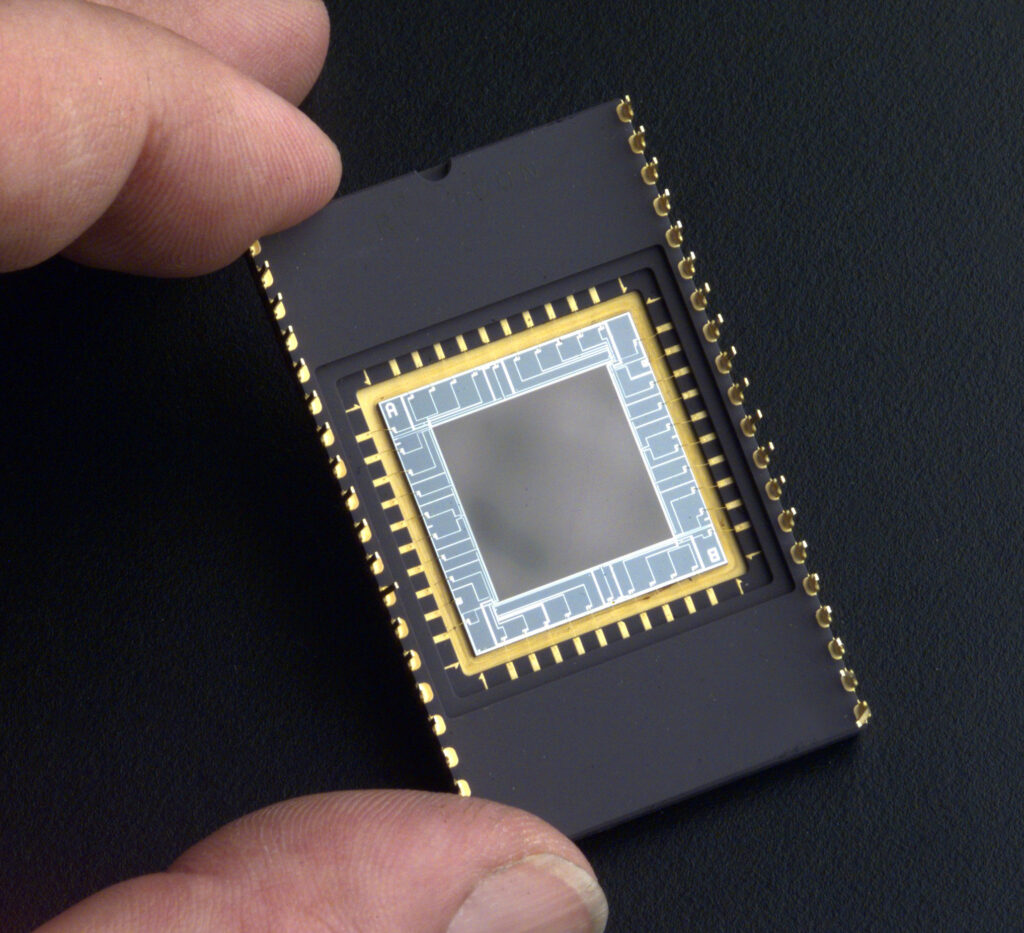
Have you ever heard of CCDs? ‘Charge Coupled Devices’, not Café Coffee Day. Often encountered in medical and industrial reams, CCDs are capable of digitalizing light into data. On execution, CCDs use light energy to convert it into digital images.
NASA created a supersensitive CCD in 1997 for Hubble to increase the quality and breadth of phenomena it could image in the cosmos.
Related Posts
Since then, CCDs are widely employed in medical, astronomy, nanotech and industrial applications.
Water Filters
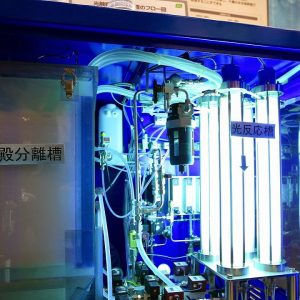
To ensure, astronauts are available with clean water to drink in space, NASA went on working water filters in the 1970s for providing clean water in space. Collaborating with Umpqua Research Company in Oregon, NASA crafted filter cartridges that use iodine to clean water supplies from the shuttles.
The inspiring technology, called the Microbial Check Valve, was a gate-opening for municipal water plants facilitating clean water to people.
In recent years, NASA has upped the ante with its water studies by creating units that can more efficiently recycle human waste such as urine into safe drinkable water for astronaut.
Though future technologies related to space like space-exploration, space-manufacturing and high-speed internet in moon has been prevailing, providing clean water in space is still a matter of concern, keeping in mind the moon and mars-colonization.
Athletic Shoes
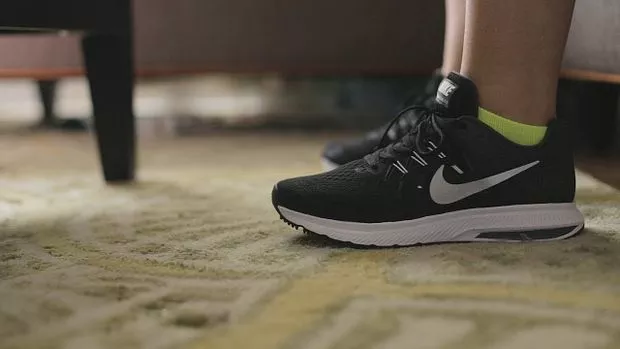
Another product that had its start in the space-age is the athletic shoe. A process called “blow rubber molding” was first developed during the Apollo program, and would ultimately lead to the development of the modern sneaker.
“Following the establishment of this new molding process, a former NASA engineer named Frank Rudy pitched an idea for a suitable shock absorber to the Nike Corporation. Rudy’s concept used a pad made of interconnected air cells placed under the heel and forefoot to cushion the blow. Sound familiar? With Rudy’s pitch, Nike Air was born.” – NASA.
Was this useful? (For more such interesting technology and innovative detailing, keep reading The Inner Detail). Subscribe to our weekly newsletter to receive updates directly to your Email.
